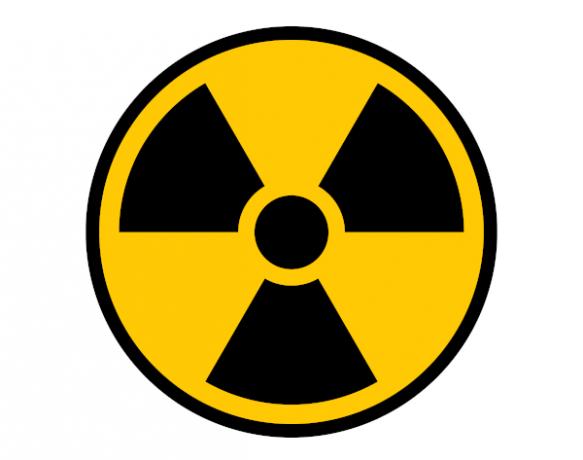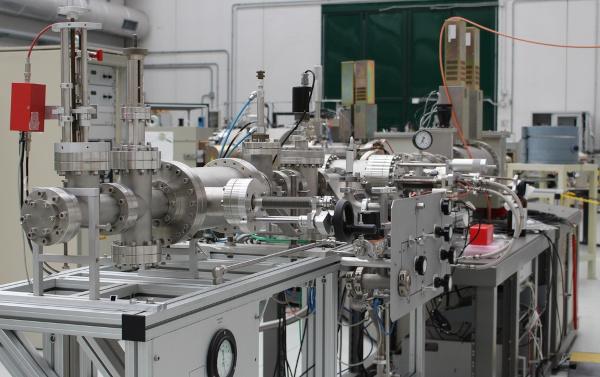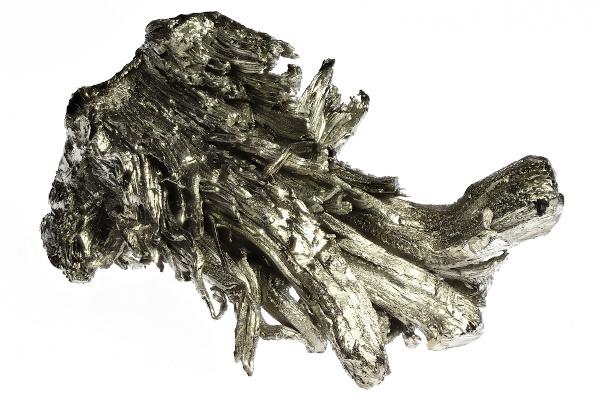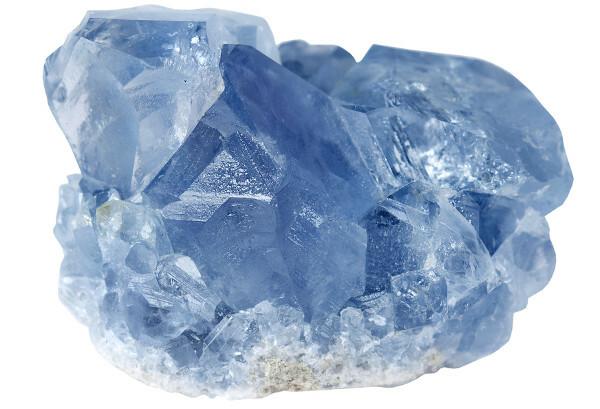THE dubnium, with symbol Db and atomic number 105, is a synthetic chemical element located in Group 5 of the Periodic Table. It was first produced in the late 1960s, with its discovery made official in the 1970s. However, it was not until 1997 that the International Union of Pure and Applied Chemistry (IUPAC) recognized his discovery, approving his name.
Like other superheavy elements, dubnium has its limited applicability due to its instability. Its most stable isotope, 268Db, is produced in the range of a few atoms per week, preventing the accumulation of a significant amount of this element.
See too: Gold — one of the most coveted metals throughout human history
Summary on Dubnium
Dubnium is a synthetic chemical element located in Group 5 of the Periodic Table.
It was first synthesized in the late 1960s in Dubna, Russia.
Its most stable isotope is 268, with a half-life of 16 hours.
Its most studied isotope is 262, as its synthesis time is less than one minute.
It was only made official in 1997, after a long dispute known as the Transfer War, a scientific competition that took place during the Cold War.
Do not stop now... There's more after the ad ;)
Dubnium properties
Symbol: DB
Atomic number: 105.
Atomic mass: 262 c.u.
Electronic configuration: [Rn] 7s2 5f14 6d3.
Most known isotopes:262Db (34 second half-life); 268Db (16 hour half-life).
Chemical series: Group 5; Transactinides; Super heavy elements.
Dubnium characteristics
Like the other transactinides (elements with an atomic number starting from 104, right after actinium), dubnium éradioactive. Some theories even said that elements with 110 to 114 protons and 184 neutrons could have half life (time required for the mass of the radioactive sample to halve) in the range of thousands of years.
This idea would allow its possible discovery in natural sources. However, to date, there is no evidence of the existence of these elements in nature, which characterizes them as completely synthetic.

Studies with dubnium are hampered by two main factors:
the short half-life of its isotopes;
its low rate of synthesis.
For example, isotope 262, the most studied, can be prepared in less than a minute, however, it has a half-life of only 34 seconds. The most stable isotope, 268, has a half-life of 16 hours. Although this time is enough to carry out analyses, its production rate is on the order of a few atoms per week.
Among the chemical characteristics predicted and studied for dubnium, it is suggested that its most stable oxidation state é the +5, unlike the lighter elements of its group, such as tantalum (Ta), whose most stable oxidation states are +3 and +4.
Although still very recent, studies with dubnium are already taking place analyzing it in both the gaseous and aqueous phases. Among the most studied compounds are the halides and oxyhalides of dubnium, such as DbCl5, DbOCl3 and the DbBr5.
Read too: Organic halides — substances that have halogen atoms attached to the carbon chain
Obtaining the dubnium
As a synthetic element, dubnium cannot be obtained from natural sources. Obtaining isotopes of dubnium and other transactinide elements is quite complex. This involves not only the reaction infrastructure, which requires a suitable particle accelerator and laboratory, but also the need to produce a large amount of highly radioactive and rare elements, such as:
curium (Cm);
berkelium (Bk);
californium (cf).

In addition, two other factors end up making the process difficult, as the dubnium isotope produced must not only have a sufficient half-life to allow chemical separation, but also sufficient production. To complete, the isotopes are evaluated atom by atom, so that it is possible to identify specific and unique radioactive decays, confirming that it is the chemical element sought or studied.
One of the ways to obtain dubnium is through bombardment of berkelium-249 by accelerating oxygen-18 atoms, as shown below:

Precautions with Dubnium
People will hardly come into contact with significant amounts of the element dubnium, due to its synthetic characteristics. However, as it is a radioactive element, its handling must occur properly, since their radioactive decays generate particles and radiation with ionizing potential, which can cause serious illnesses such as cancer.
Know more: Accident with cesium-137 in Goiânia — the biggest radiological accident in history
history of dubnium
Dubnium refers to the Russian city of Dubna, which is 125 km from Moscow, the capital. However, this chemical had his baptism disputed widely, during what is known as the War of Transfers, a piece of the Cold War in the history of Chemistry and Periodic table.
Transfer War: the dispute over the names of elements discovered after fermium (Fm, Z = 100), more specifically between elements with atomic numbers 104 to 109, which took place during the period of Cold War.
In this dispute were the famous Joint Institute for Nuclear Research laboratories in Dubna (formerly part of the Soviet Union), Lawrence Berkeley National Laboratory, University of California, Berkeley (United States), and the Gesellschaft für Schwerionenforschung group, in Darmstadt (Germany).
The element with atomic number 105 was first synthesized in the late 1960s, in Dubai. There, scientists collided 243I am with 22Ne, producing a mixture of the isotopes 260DB and 261Db, after the loss of five or four neutrons, respectively.
This new element was then announced asnielsbohrio, referring to the Danish scientist Niels Bohr. Around the same time, scientists at the University of California used 15N to collide with 249Cf and formed the isotope 260Db, proposing the name hahnio, in reference to the scientist Otto Hahn.
![Bust in honor of Russian scientist Georgy Flerov, who owned a laboratory at the Joint Institute for Nuclear Research in Dubna, Russia.[1]](/f/fef2af10c897baf6dc2bea90dbefd0df.jpg)
THE dispute By the name only resolved in 1997, when the International Union of Pure and Applied Chemistry, Iupac, hit the hammer and determined that the name of element 105 should be dubnium, with the symbol Db. Until that date, it was still possible to see many publications using the name hahnio, symbol Ha, for the element 105.
Solved exercises on dubnium
question 1
The isotope 262 of the chemical element dubnium (Db, Z = 105) is the most widely studied of this element, as its production time is in the range of one minute. How many neutrons are in dubnium isotope 262?
A) 105
B) 262
C) 157
D) 159
E) 367
Resolution:
Alternative C
The number of neutrons of a chemical element can be calculated using the following equation:
A = Z + n
Consider that A is the mass number, Z is the atomic number and n is the number of neutrons.
Substituting the values, we have:
262 = 105 + n
n = 262 - 105
n = 157
question 2
THE 268Db is the most stable isotope of the synthetic chemical element dubnium. Its half-life, the time required for the mass of the radioactive sample to drop by half, is 16 hours. In the synthesis of 1.0 g of the isotope 268, how long does it take for its mass to equal 0.25 g?
A) 16 hours
B) 32 hours
C) 48 hours
D) 64 hours
E) 80 hours
Resolution:
Alternative B
Since half-life is the time required for the mass of the radioactive sample to fall by half, after 16 hours the remaining mass of the initial sample will be equal to half of 1.0 g, that is, 0.5 g.
Sixteen hours later, after a further half-life time, the remaining mass will be 0.25 g.
Thus, two half-life times were required for the sample to decay to 0.25 g, totaling 32 hours.
image credit
[1] asetta / shutterstock
By Stefano Araújo Novais
Chemistry teacher



